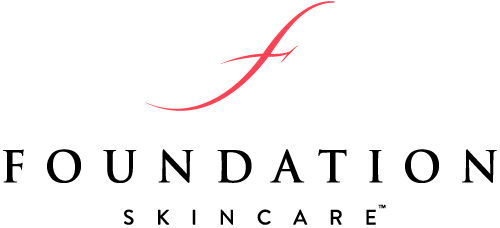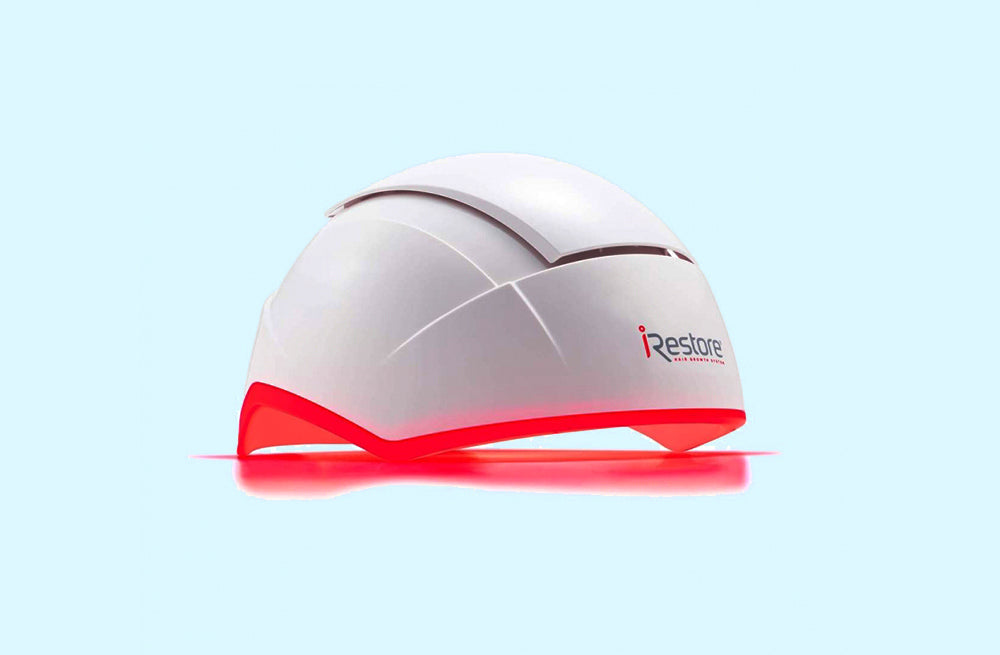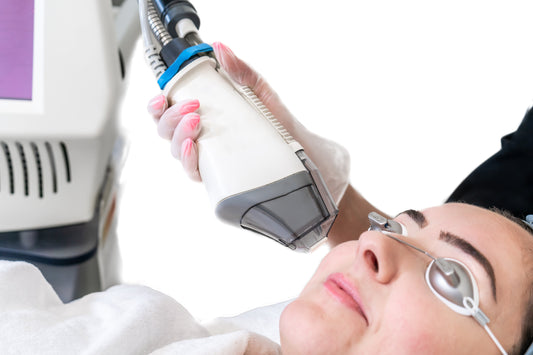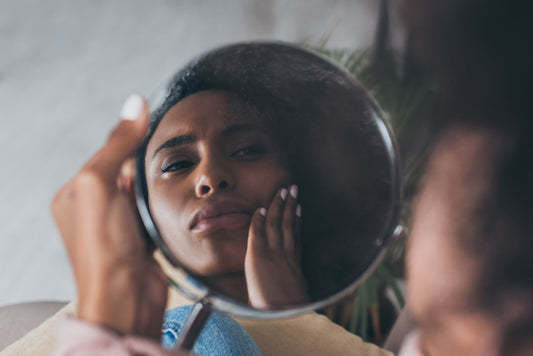Hair loss is more common in older adults, but it can start much earlier, with as many as 25% of males noticing the first signs before age 21 and about 50% by age 50.1 Women aren’t immune either — about 40% of women will notice thinning by age 50.2
Laser caps for hair loss use low-level light therapy to stimulate your hair follicles and promote hair growth. It’s one of the newest hair growth treatments available, claiming to produce results in as little as three months, but how effective are they?3 Does science back them up?
Read on to find out more about how laser caps work, how often they should be used, and what to expect when you start using them.
What Is A Laser Cap?
Resembling a helmet or baseball cap, a laser cap is an FDA-approved hair loss treatment that uses low-level light therapy to slow hair loss and promote hair growth. When the cap is worn, hundreds of diodes illuminate the hair follicles with a monochromatic red laser light meant to stimulate various angles of the scalp.
Free from drugs and chemicals, laser caps are considered safe and effective alternatives to medications like finasteride and minoxidil (the active ingredient in Rogaine®). However, they do not come without side effects. Studies show that some of the adverse effects reported include headache, skin pain, pruritus, erythema, and acne (although these results were not statistically different from those seen in control groups).4 And like minoxidil, laser caps may also cause hair shedding during the first few months of treatment.5
How Does Laser Cap Therapy For Hair Loss Work?
Research is still emerging on the mechanism of action behind laser caps, but according to a 2021 study, exposure to low-level laser light prolongs the duration of the active hair growth phase, when the cells in the root of your hair are most rapidly dividing to produce new hair.6 It also helps to normalize physiological regeneration of hair follicles affected in various hair loss disorders such as male and female pattern hair loss.
How Often Should You Use It?
Laser caps should be used at least three times a week for around 20 to 30 minutes each time. But there are many different devices with different protocols, so be sure to consult the instructions to ensure you’re not overusing or using too little. Some products suggest using the laser cap daily for much shorter sessions. Using the products too often is not recommended and will not produce faster or better results. It may actually overstimulate the follicle and render the treatment futile.
How Effective Are Laser Caps For Hair Growth?
Laser caps for hair regrowth are backed by some studies, but more research is needed to confirm its efficacy. Here’s what the science says so far:
- In a study on female pattern hair loss, subjects who used a laser cap experienced a 51% increase in hair count over 17 weeks compared to those treated with a non-therapeutic device.7
- Another study (also in women) found that laser cap therapy produced results comparable to those who used minoxidil.8
- In a review of 21 studies on laser devices for hair growth (not specifically laser caps), low-level light therapy was found to be “safe and effective” for both men and women with pattern hair loss who did not respond or were not tolerant to standard treatments.9
- In another review of ten randomized controlled trials, subjects who used a low-level light therapy device three times per week for 26 weeks experienced a substantial improvement in hair density.10
Should You Combine Laser Caps With Other Hair Growth Treatments?
Some studies have found greater success when combining low-level light therapy with another hair loss treatment. For instance, this study that combined laser therapy with topical minoxidil found that combined treatment was more effective than either treatment alone.11 Hair density and diameter were found to be higher and so was patient satisfaction. Hair regrowth may also be faster with combined treatment.
It should be noted that while laser caps may stimulate hair regrowth by affecting the follicles directly, it will have no impact on the hormonal causes of hair loss. For instance when androgens, such as dihydrotestosterone (DHT), are too high, the imbalance can shrink follicles, causing hair to grow out thinner and fall out faster. Using a laser cap with an herb like saw palmetto, which helps to block the conversion of testosterone into DHT, targets hormonal hair loss in a way a laser cap cannot do alone.
Foundation Skincare’s Hair Serum offers a minoxidil-free approach to hair regrowth with a custom blend of herbs like saw palmetto extract, apple stem cell, and olive leaf extract. The serum is proven to stimulate hair stem cells to encourage new growth and prevent further hair loss, making it a perfect tandem product to use with a laser cap.
Another option is Foundation Skincare’s UnTangled Hair Supplement, which also contains saw palmetto in addition to other vitamins, minerals, herbs and acids. With visible improvement in as little as 30 days, using the UnTangled Hair Supplement has been shown to revitalize a stagnant hair growth cycle by increasing the production of keratin in follicles for visibly thicker, fuller hair.
Both products can be used together or in combination with laser cap therapy to slow hair loss and encourage new growth, and are recommended at the first sign of thinning.
For now, using a laser cap seems like a promising approach to hair loss, especially when combined with other science-backed solutions. Find more tips and resources on how to improve hair health in the FS Journal.
References:
-
https://my.clevelandclinic.org/health/diseases/24515-male-pattern-baldness-androgenic-alopecia
-
https://www.ncbi.nlm.nih.gov/pmc/articles/PMC4573453/
-
https://www.marthastewart.com/8277156/do-laser-hair-growth-caps-work
-
https://www.ncbi.nlm.nih.gov/pmc/articles/PMC7548873/
-
https://link.springer.com/article/10.1007/s10103-018-02699-9
-
https://www.ncbi.nlm.nih.gov/pmc/articles/PMC8906269/
-
https://pubmed.ncbi.nlm.nih.gov/28328705/
-
https://pubmed.ncbi.nlm.nih.gov/28489273/
-
https://pubmed.ncbi.nlm.nih.gov/26690359/
-
https://karger.com/sad/article/6/5/259/303563/Examining-the-Safety-and-Efficacy-of-Low-Level
-
https://pubmed.ncbi.nlm.nih.gov/30027912/




